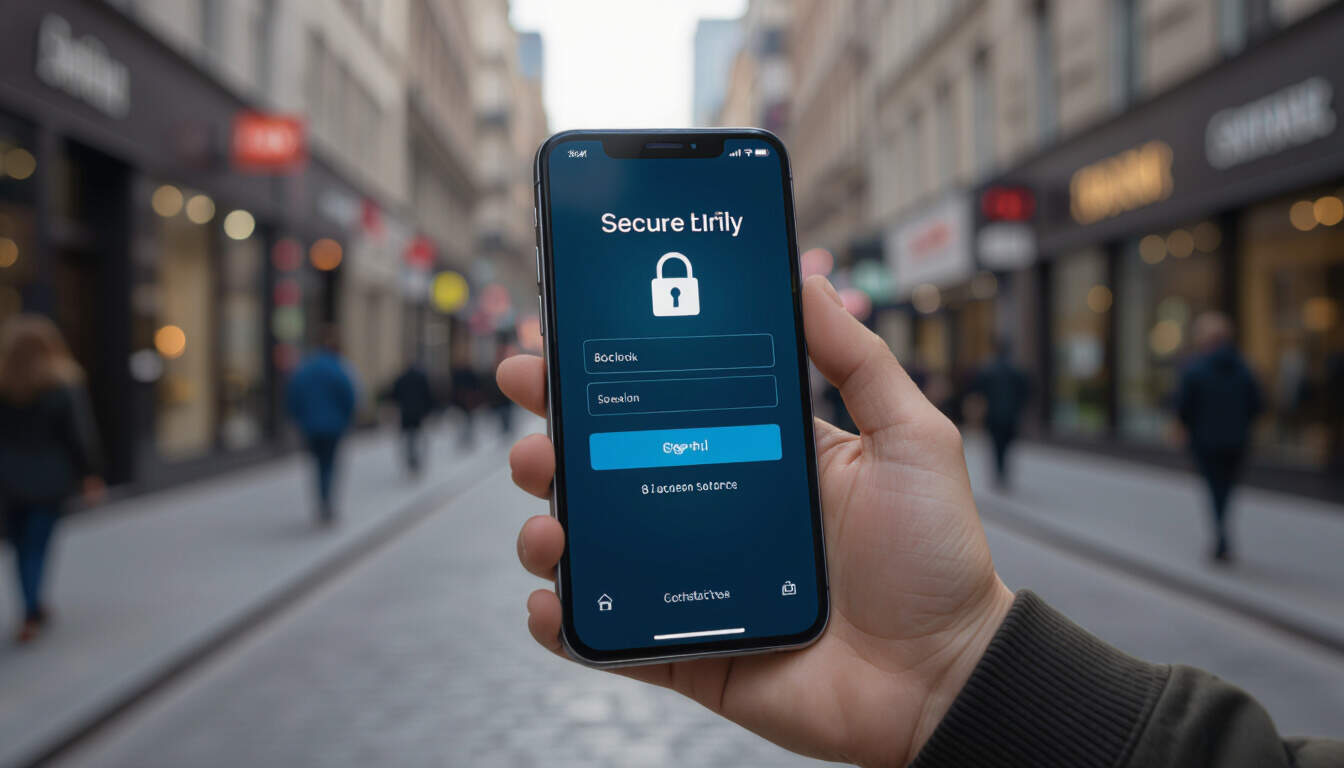Securing Mobile Banking
 by Marlene Keeling
by Marlene Keeling
Mobile banking offers convenience but brings significant security challenges. This article explores essential strategies for protecting financial data, including encryption methods and user practices, to ensure safe digital transactions.

Mobile banking has transformed how people manage finances, allowing access to accounts anytime. However, this convenience introduces risks that require careful attention. Mobile banking security is essential for safeguarding sensitive information.
In recent years, the rise of digital transactions has made protecting apps a priority for financial institutions. Threats such as phishing attacks and malware can compromise user data. Banks now implement various measures to counter these issues. For instance, advanced authentication methods help verify users effectively.
One key area is data protection. Encryption plays a vital role in securing information during transmission. When users log in, their data is often encrypted to prevent interception. This technology ensures that even if data is accessed, it remains unreadable without the proper keys.
User awareness is equally important. Individuals should adopt habits like using strong passwords and enabling two-factor authentication. These practices reduce the likelihood of unauthorized access. Financial experts recommend regular updates to apps and devices as another layer of defense.
Common Threats in Mobile Banking
Fraudsters use tactics like SMS scams to trick users into revealing details. Once obtained, this information can lead to account breaches. To combat this, apps often include features such as transaction monitoring. This allows banks to detect unusual activity and alert users promptly.
Another concern is app vulnerabilities. Developers must ensure that software is free from flaws that could be exploited. Regular security audits are conducted to identify and fix potential weaknesses. Cybersecurity experts emphasize the need for ongoing testing in app development.
Technologies Enhancing Security
Biometric features, such as fingerprint or facial recognition, add an extra barrier. These methods rely on unique physical traits, making them harder to duplicate than traditional passwords. Many leading banks have integrated this technology into their mobile platforms.
Tokenization is another approach. It replaces sensitive data with unique identifiers, reducing the risk if a breach occurs. This method is widely used in payment systems to protect card information during online transactions.
Cloud-based security solutions also play a part. By storing data in secure servers, banks can offer better protection against local device threats. Users benefit from real-time backups and recovery options in case of issues.
Best Practices for Users
To maintain security, individuals should avoid public Wi-Fi for banking activities. Instead, opt for secure networks to minimize exposure. Regularly reviewing account statements helps spot any discrepancies early.
Education is key. Many banks provide resources on recognizing scams and safe online behavior. By staying informed, users can actively participate in their own protection.
The Role of Regulations
Governments and regulatory bodies set standards for financial security. Compliance with these rules ensures that banks maintain high levels of protection. For example, data privacy laws require strict handling of personal information, which benefits consumers.
In the future, advancements like artificial intelligence will likely improve threat detection. AI can analyze patterns to predict and prevent attacks before they happen. This evolution promises even stronger defenses for mobile banking.
Overall, while challenges exist, the focus on fintech security continues to evolve. By combining technological innovations with user vigilance, the financial sector can provide safer experiences. As more people rely on mobile platforms, ongoing efforts in this area will be crucial for trust and stability.
